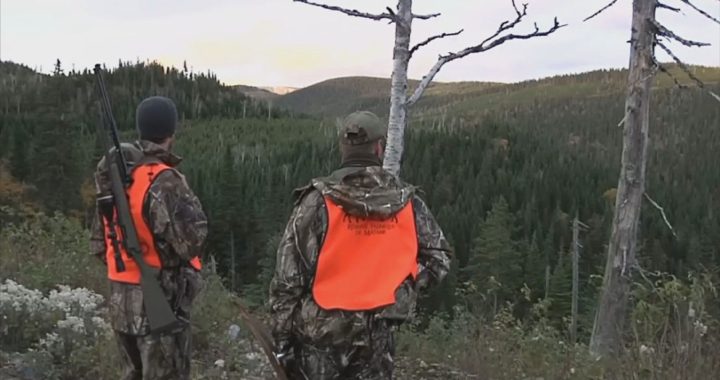The Chiefs of Ontario (COO) is urging First Nations across the province to keep communities closed as officials expect a spike in COVID-19 cases over the weekend and the rest of May.
The COO, which represents 133 First Nations in Ontario, says higher rates of testing is showing more positive tests for the virus that has ravished parts of the province – especially in long term care facilities.
“These spikes will happen Mother’s Day and they will again happen on the long weekend, the May long weekend,” said Assembly of First Nations Ontario Regional Chief RoseAnne Archibald. “Two weeks after that you’ll see another spike in cases increasing in Ontario.”
As of this posting, there are 40 confirmed cases on-reserve and 75 known positive cases among First Nations people in the province according to the COO.
Last week, First Nations saw a 91 per cent increase in positive cases and 23 per cent this week.
These numbers are higher than the respective 46 per cent and 20 per cent increase in positive cases of the virus that were confirmed in the rest of the province over the same period.”
Between April 17 and 27, 940 First Nation members have been tested – a higher rate than the general population in Ontario.
Curve Lake First Nation has an undetermined number of confirmed cases.
“I have to wonder if our curve is going up because testing has only really just become available,” says Curve Lake Chief Emily Whetung. “So that would be my thought, is that really it’s just about testing being available and our communities being comfortable getting testing so it looks like our curve is on the way up.”
Ontario Premier Doug Ford is slowly allowing some businesses to reopen – most will only be allowed to provide curbside pick up.
Many First Nations were quick to react when COVID-19 was confirmed as a pandemic by the World Health Organization on March 11.
Many closed their doors to outsiders or put in strict isolation rules for people returning home or for work.
Archibald says despite the province opening up, First Nation communities must remain vigilant.
“If your chief and council asks you to stay home longer than the rest of the province, that is for your own protection, that is to keep you safe,” she says.
Prime Minister says communities need to take appropriate measures
At his daily news conference in Ottawa, Prime Minister Justin Trudeau said as some regions open up their economies, Indigenous communities will need continued protection.
“Right across the country, various communities will take appropriate measures and we will be there as a government and other orders of government as well to support them in doing the things that need to be done to keep elders and all in those communities safe,” he said.
Perry Bellegarde, the national chief of the Assembly of First Nations, says the gaps in health care between First Nations and Canadians is showing.
“While the virus has been slower to reach First Nations, the number of cases is rising daily,” Bellegarde said. “There is a reasonable concern that COVID-19 will have a disproportionately negative effect on First Nations as did the H1N1 virus did in 2009.
“I fear that there are far more cases among our people than we currently know.”
Natan Obed, president of the Inuit Taparit Kanitami has similar fears.
He points to the success of Nunavut to keep COVID-19 out.
“The success to date is a testament to the efficacy of the government structure structures that are in place across Inuit Nunangat,” he said. “Also the relationships that we now have with the federal government with provinces and territories and also within the self determination of Inuit leadership.
Trudeau said continued vigilance is key to preventing COVID-19 cases from getting a hold on most communities.
Correction: The story originally said that Curve Lake recently confirmed it’s first case when it should have said that the community has an undetermined number of cases.










